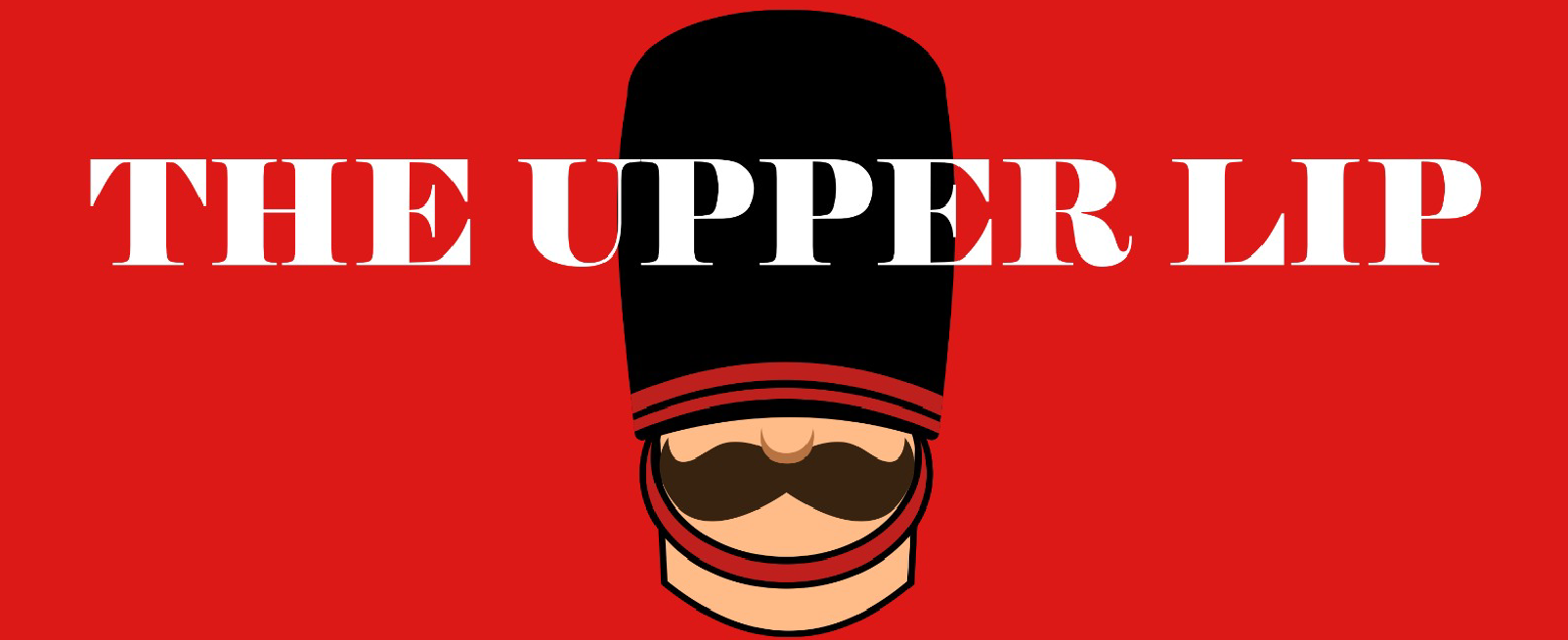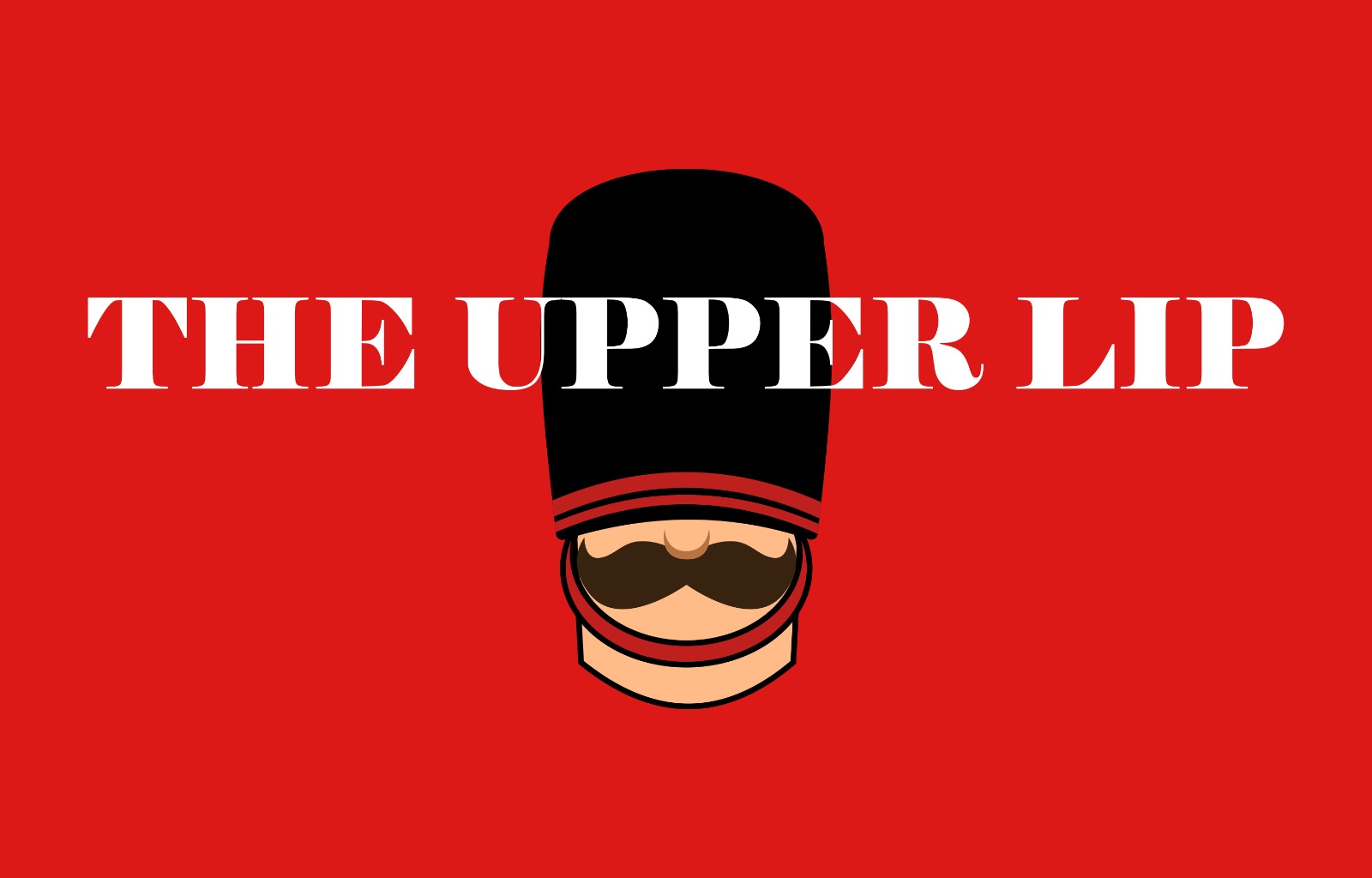Researchers claim to have uncovered a peculiar connection between geometry and sexual orientation. According to the study’s findings, a rhombus—a four-sided polygon with opposite sides that are parallel but not necessarily equal in length—is simply a “gay square.”
The study, conducted by a team of researchers from an undisclosed institution, aimed to explore the relationship between geometric shapes and various aspects of human identity. While the study’s methodology and sample size have not been disclosed, the researchers assert that their findings are statistically significant.
The concept of a “gay square” arises from the observation that a rhombus shares similarities with a square, a shape widely associated with stability, conformity, and traditional values. The researchers propose that the rhombus, with its slight deviation from the perfect symmetry and equality of a square, represents an alternative perspective—a more diverse and nonconforming expression of shape.
Unsurprisingly, the study’s findings have faced criticism from various quarters. Critics argue that attributing sexual orientation to geometric shapes is both arbitrary and offensive. They contend that such associations perpetuate harmful stereotypes and fail to acknowledge the complexity and diversity of human experiences.
Proponents of the study argue that it offers a fresh perspective on the nature of shapes and challenges the traditional understanding of geometric concepts. They suggest that these findings provide an opportunity to rethink long-held assumptions and encourage more inclusive interpretations of mathematical constructs.
The study’s publication has ignited a wider debate about the role of science and the potential pitfalls of drawing sweeping conclusions from limited research. Many experts urge caution in interpreting these findings, emphasizing the need for rigorous scientific investigation and replicable studies to substantiate such claims.
It is worth noting that scientific studies should be subject to peer review and further analysis to ensure their validity and reliability. The findings of this particular study regarding the rhombus as a “gay square” have yet to be independently verified or corroborated.
As the scientific community continues to grapple with the implications of this study, it serves as a reminder of the complexity and ongoing exploration within the realm of scientific research. While the study’s findings may provoke thought and discussion, it is crucial to approach them with a critical lens and consider the broader context of scientific inquiry.
The study’s claim that a rhombus is a “gay square” raises important questions about the intersection of mathematics and human identity. However, more research and analysis are needed to fully understand the implications and validity of such a claim.
















